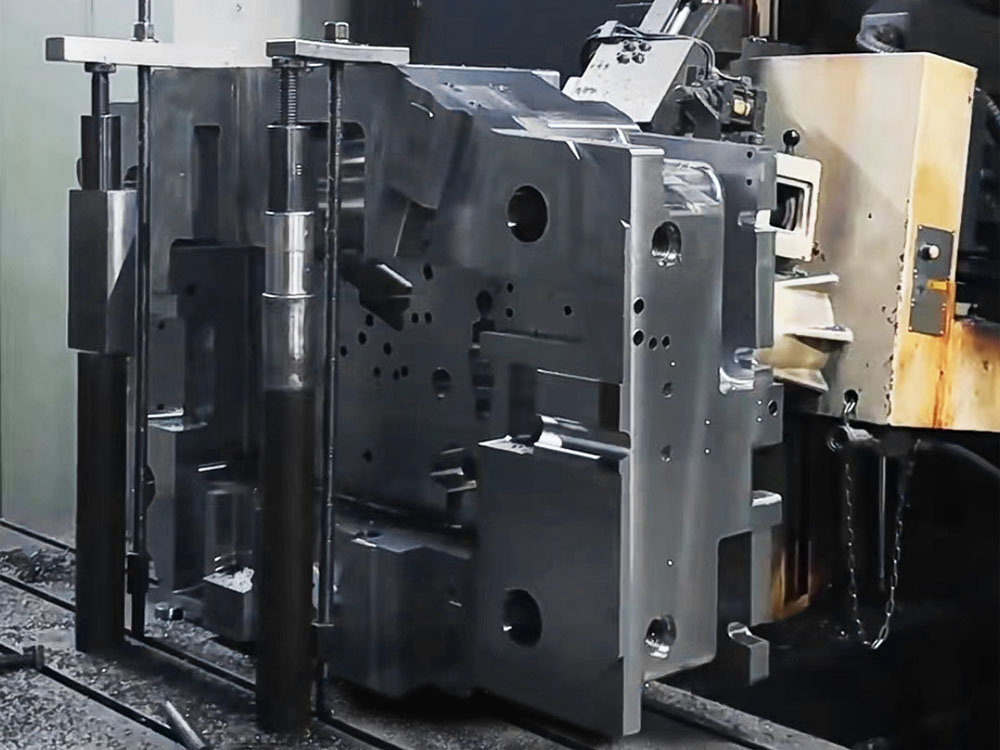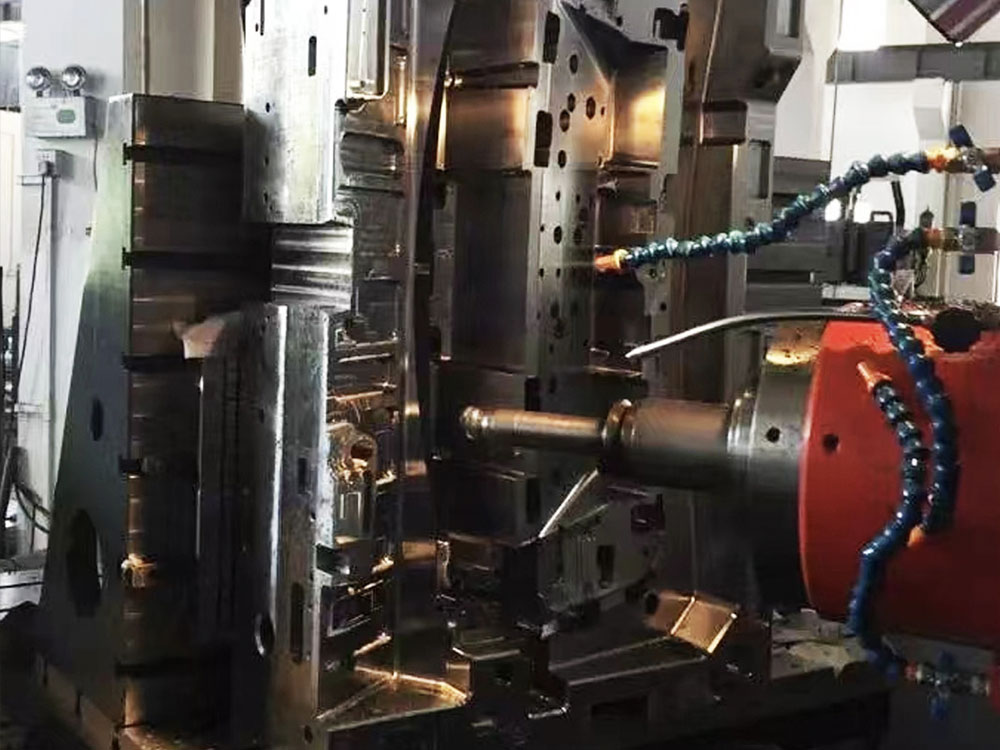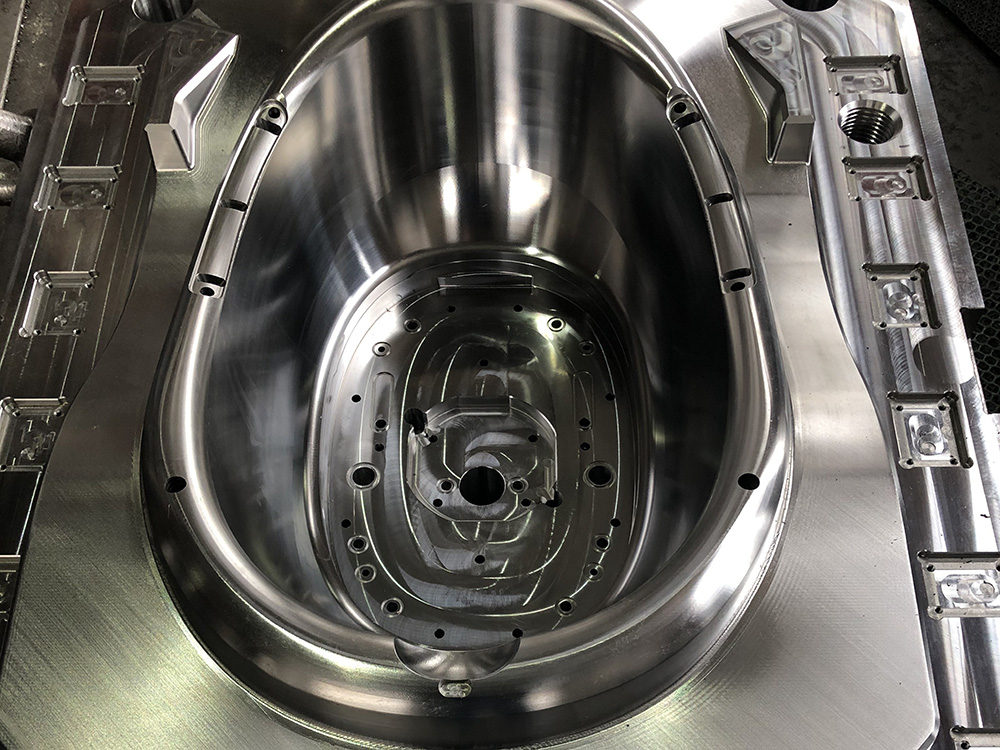Determining the Specifications, Shape, and Size of a Turtle Shell Model in the Mold Base Industry
In the mold base industry, producing accurate and high-quality turtle shell models requires careful consideration of the specifications, shape, and size. These factors play a crucial role in achieving the desired end product. This article will outline the essential steps and considerations involved in determining the specifications, shape, and size of a turtle shell model in the mold base industry.
Step 1: Research and Analysis
The first step in determining the specifications, shape, and size of a turtle shell model is thorough research and analysis. This includes studying the anatomy of a turtle shell, understanding its unique characteristics, and identifying any specific requirements for the intended application. This research will provide valuable insights into the design and manufacturing process.
Step 2: Defining the Specifications
With the research and analysis complete, it is time to define the specifications for the turtle shell model. The specifications should include details such as the material to be used, the level of detail required, any specific textures or patterns, and any additional features or functionalities. These specifications will serve as the foundation for the subsequent steps.
Step 3: Determining the Shape
Based on the defined specifications, the next step is to determine the shape of the turtle shell model. This involves creating a 3D model using advanced computer-aided design (CAD) software. The shape should be faithful to the natural proportions and contours of a real turtle shell, ensuring accuracy and realism. Iterative design and feedback loops may be necessary to refine the shape until the desired result is achieved.
Step 4: Establishing the Size
Once the shape is finalized, the next step is to establish the size of the turtle shell model. This involves considering factors such as the intended application, the desired level of detail, and any functional requirements. The size should be proportionate to the shape and specifications, creating a harmonious and visually appealing end product.
Step 5: Prototyping and Validation
After determining the shape and size, it is crucial to create a prototype of the turtle shell model. This prototype will serve as a tangible representation of the design, allowing for further analysis and validation. Prototyping techniques such as 3D printing or CNC machining can be utilized to create an accurate and functional prototype. The prototype should undergo rigorous testing to ensure that it meets the defined specifications and requirements.
Step 6: Manufacturing and Production
Once the prototype is successfully validated, the final step is to proceed with the manufacturing and production of the turtle shell model. This involves using the prototype as a reference to create the mold base required for mass production. The mold base should accurately reproduce the defined shape and size, ensuring consistent and high-quality turtle shell models.
In conclusion, determining the specifications, shape, and size of a turtle shell model in the mold base industry is a meticulous process. Thorough research, defining the specifications, determining the shape and size, prototyping and validation, and finally manufacturing and production all contribute to the successful creation of a high-quality turtle shell model. Attention to detail and adherence to specifications are key in achieving the desired end product.




